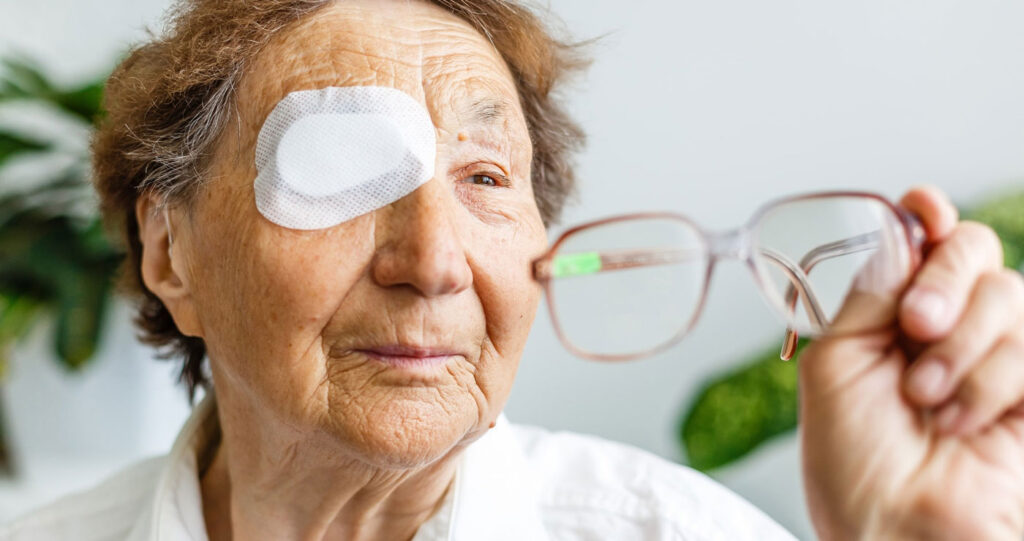Laser Cyclophotocoagulation (CPC) in UK
Laser Cyclophotocoagulation (CPC) is one of the most advanced laser treatments for glaucoma offered in many hospitals and eye centers across the United Kingdom. This minimally invasive procedure helps lower intraocular pressure (IOP) by reducing fluid production in the eye, providing long-term pressure control for patients who have not responded well to traditional medication or surgery.
How Laser Cyclophotocoagulation Works
During CPC treatment, a specialized laser targets the ciliary body, the part of the eye responsible for producing aqueous humor. By gently disrupting this tissue, the laser effectively reduces fluid production, leading to a decrease in intraocular pressure.
This approach is particularly helpful for patients with advanced, refractory, or complex glaucoma cases where conventional surgeries such as trabeculectomy or drainage implants have limited results.
Types of Laser Cyclophotocoagulation
There are two main types of CPC commonly performed in the UK:
-
Transscleral Cyclophotocoagulation (TSCPC):
The laser is applied externally through the sclera (white of the eye). It can be done using a continuous-wave or a micropulse laser. -
Endoscopic Cyclophotocoagulation (ECP):
This method uses an endoscopic camera inserted inside the eye, allowing direct visualization of the ciliary processes for precise laser application.
Both methods aim to control intraocular pressure safely and effectively while minimizing side effects and preserving as much vision as possible.
When is CPC Recommended?
Laser Cyclophotocoagulation is typically recommended for:
-
Patients with uncontrolled glaucoma despite maximal medical therapy
-
Eyes that have undergone previous surgeries but still have high IOP
-
Advanced or refractory glaucoma cases
-
Individuals unable to tolerate glaucoma medications
The decision to undergo CPC depends on several factors, including the patient’s eye condition, vision potential, and overall eye health.
Advantages of CPC Laser Treatment
The CPC procedure offers several advantages:
-
Minimally invasive with no incisions
-
Can be performed as an outpatient treatment
-
Reduced recovery time compared to traditional surgery
-
Long-term control of intraocular pressure
-
Can be repeated if necessary
Many UK ophthalmologists consider Cyclophotocoagulation a safe and cost-effective alternative, especially for patients unsuitable for filtering surgeries.
Procedure and Recovery
The CPC laser treatment usually takes about 10–20 minutes. Local anesthesia or sedation may be used to ensure comfort during the procedure.
After treatment, patients may experience mild redness or discomfort for a few days, which can be managed with prescribed eye drops.
Most individuals resume normal activities within a few days, although follow-up visits are essential to monitor pressure changes and healing progress.
Cost of CPC in the UK
The cost of Laser Cyclophotocoagulation in the UK can vary depending on the hospital, surgeon’s expertise, and whether the treatment is performed privately or through the NHS.
Private clinics often provide detailed packages that include consultation, treatment, and post-operative care.

This helps patients compare pricing options and evaluate which glaucoma procedure suits their medical and financial needs best.
Possible Risks and Side Effects
While CPC laser therapy is generally safe, potential side effects can include:
-
Temporary inflammation or discomfort
-
Mild eye pain or light sensitivity
-
Transient pressure spikes after the procedure
-
Rarely, reduced vision in advanced glaucoma cases
These risks are typically manageable with proper medical supervision and follow-up care from a qualified UK ophthalmologist.
Effectiveness and Long-Term Outlook
Studies and clinical experience in the UK ophthalmic community show that Laser Cyclophotocoagulation effectively controls intraocular pressure in most patients, reducing dependency on medications.
In some cases, repeat treatments may be necessary for sustained pressure control. When combined with regular eye monitoring and adherence to post-laser instructions, CPC can help preserve remaining vision and improve overall quality of life.
Conclusion
Laser Cyclophotocoagulation (CPC) in the UK stands out as a reliable and minimally invasive solution for patients with severe or treatment-resistant glaucoma. By safely reducing eye pressure and minimizing surgical risks, it offers renewed hope for maintaining vision stability.
If you are exploring options for glaucoma laser treatment in the UK, consult a certified ophthalmologist to determine whether CPC is the right procedure for your condition.




